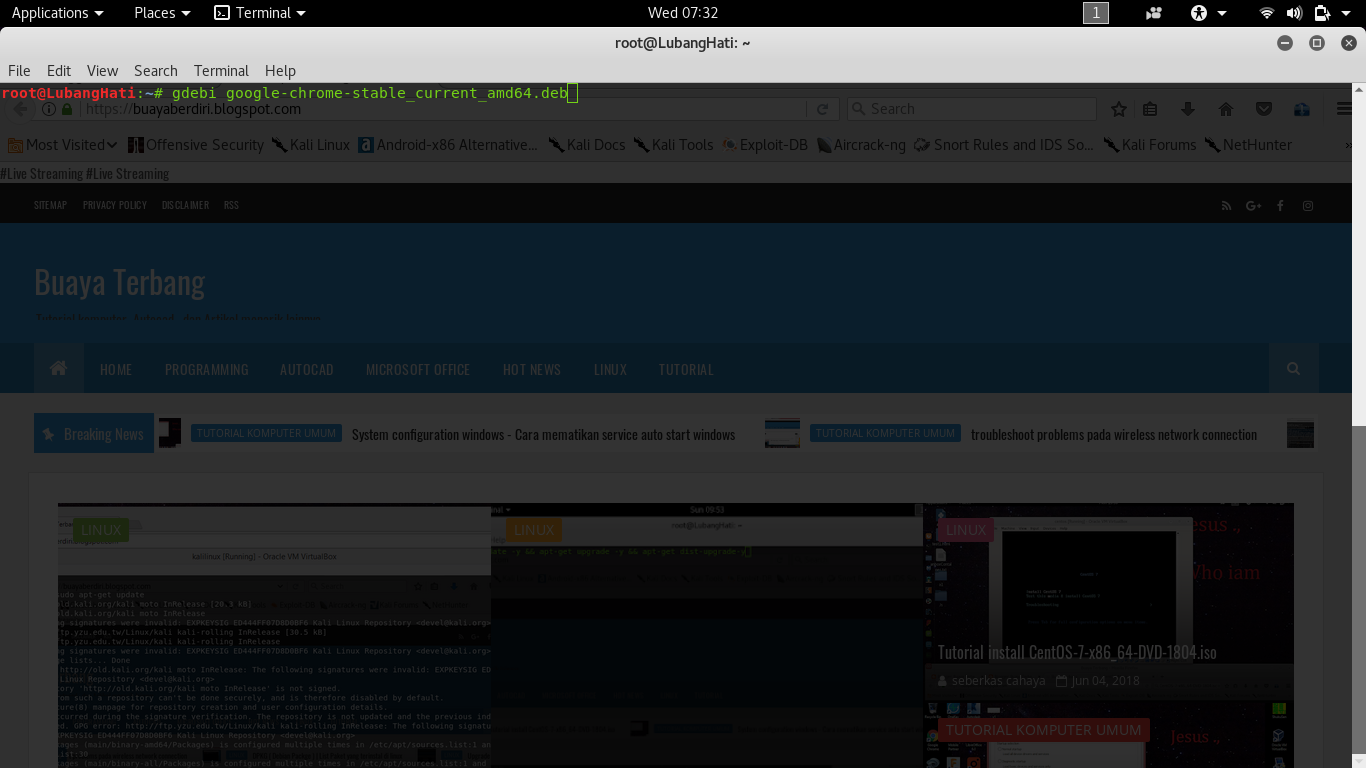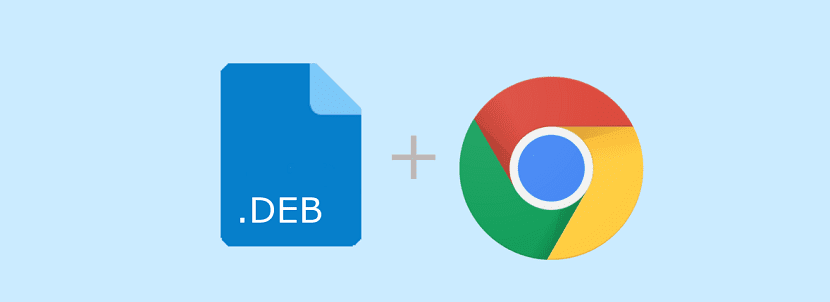


Now in the main menu, you can launch Google Chrome without any problems. This will allow you to have the browser updated along with the system. The following NEW packages will be installed:įonts-liberation google-chrome-stable libu2f-udevĠ upgraded, 3 newly installed, 0 to remove and 0 not upgraded.Īfter this operation, 258 MB of additional disk space will be used.Īt the end of the installation, the Google Chrome repository will be added. The following additional packages will be installed: Note, selecting 'google-chrome-stable' instead of './google-chrome-stable_current_b' It is usually Downloads.Īnd with this command, proceed to install Google Chrome on Debian 11 sudo apt install. In this case, open a terminal and access the folder where you downloaded them. When finished, you can open your file explorer and double click on the downloaded package to start the installation.Īlternatively, you can install it via terminal. All other company and product names are trademarks of the companies with which they are associated.Then, click on the Download button and you will be asked to choose between the DEB package and the RPM. Google and related marks and logos are trademarks of Google LLC. Push Chrome Browser and the configuration files to your users' Linux computers using your preferred deployment tool or script.Use your preferred editor to create JSON configuration files with your corporate policies.Download the Chrome Browser package file.An Intel Pentium 4 processor or later that's SSE3 capable.

When you deploy the configuration files to computers, the settings are applied. To set up Chrome Browser on Linux, you create configuration files in JavaScript Object Notation (JSON) format.

You can also use the guide to quickly set up a small Chrome Browser test deployment. Follow these steps to deploy Chrome Browser on a fleet of managed Linux computers.


 0 kommentar(er)
0 kommentar(er)
